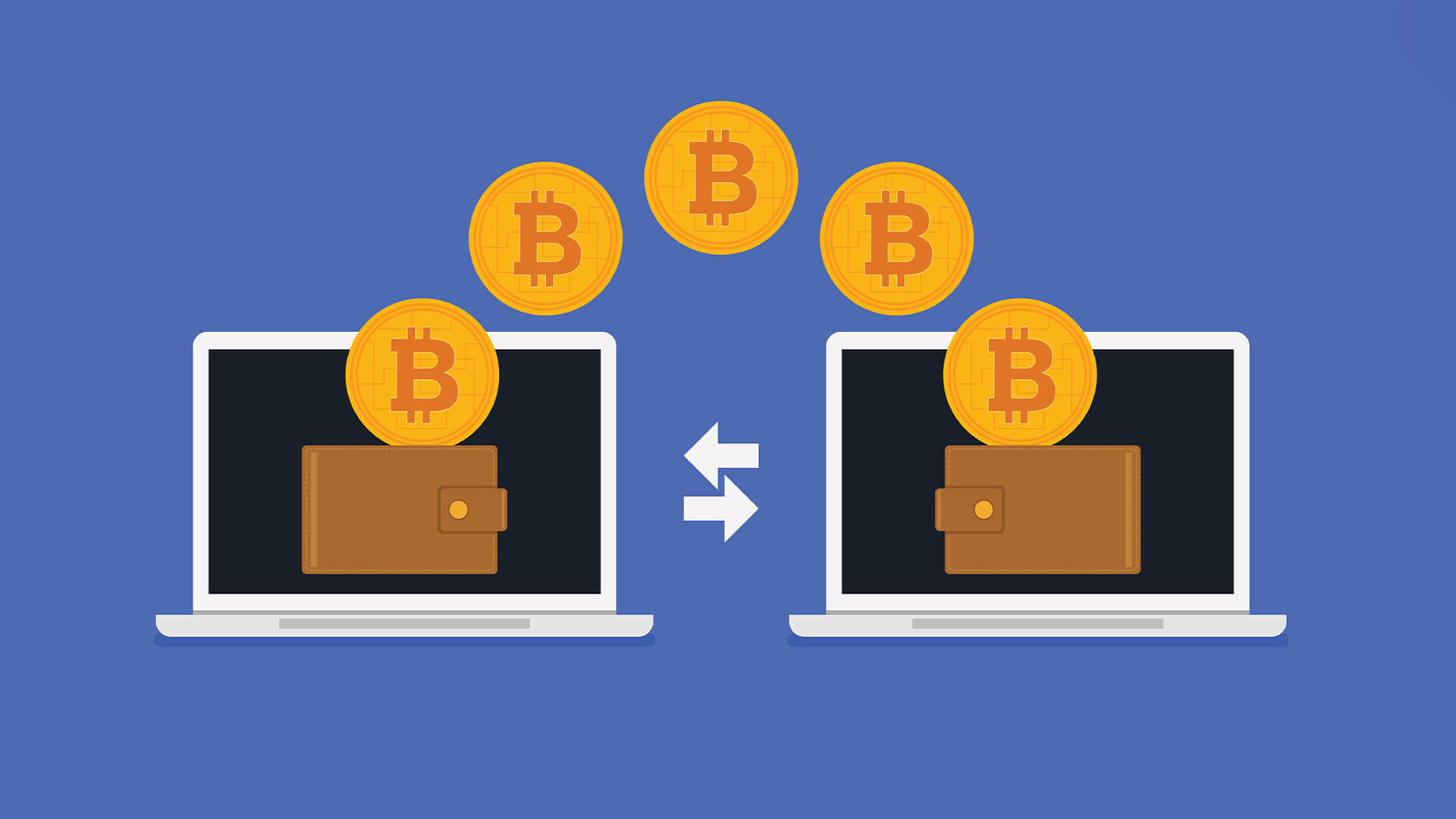
Bitcoin Trading for Beginners Complete 2025 Guide
Bitcoin trading for beginners has become one of the most sought-after skills in the modern financial landscape. As the world’s first and most valuable cryptocurrency, Bitcoin offers unprecedented opportunities for those willing to learn the fundamentals of digital asset trading. Whether you’re completely new to the world of cryptocurrencies or looking to transition from traditional investments, understanding Bitcoin trading is essential for navigating this revolutionary financial frontier.
The journey into cryptocurrency trading can seem overwhelming at first glance. With volatile price movements, complex terminology, and numerous trading platforms available, many beginners feel intimidated by the prospect of entering the Bitcoin market. However, with proper education, strategic planning, and risk management techniques, Bitcoin trading for beginners becomes an accessible and potentially profitable endeavor.
This comprehensive guide will walk you through every aspect of Bitcoin trading, from understanding the basic concepts to implementing advanced strategies. We’ll explore the fundamental principles that drive Bitcoin’s price movements, introduce you to reliable trading platforms, and provide you with practical tools for making informed trading decisions. By the end of this article, you’ll have a solid foundation to begin your cryptocurrency trading journey with confidence and clarity.
The Bitcoin market operates 24/7, unlike traditional stock markets, offering continuous opportunities for traders worldwide. This unique characteristic, combined with Bitcoin’s increasing mainstream adoption, makes it an attractive asset for both short-term traders and long-term investors. Understanding how to capitalize on these opportunities while managing associated risks is crucial for success in Bitcoin trading for beginners.
What is Bitcoin Trading
Bitcoin trading refers to the practice of buying and selling Bitcoin with the goal of generating profits from price movements. Unlike traditional investing, where you might hold an asset for years, cryptocurrency trading often involves more frequent transactions to capitalize on market volatility. Bitcoin trading for beginners encompasses various strategies, from day trading to swing trading, each with its own risk profile and potential rewards.
At its core, Bitcoin trading operates on the principle of buying low and selling high. However, the cryptocurrency market’s unique characteristics, including high volatility, global accessibility, and decentralized nature, create distinct opportunities and challenges that differentiate it from traditional financial markets.
Types of Bitcoin Trading
Day trading involves opening and closing positions within a single trading day, never holding positions overnight. This approach requires significant time commitment and market knowledge but can generate quick profits from short-term price movements.
Swing trading focuses on capturing price movements over several days or weeks. This strategy is often more suitable for Bitcoin trading for beginners as it requires less time monitoring the markets while still allowing traders to benefit from significant price swings.
Position trading involves holding Bitcoin positions for months or even years, similar to traditional investing. This long-term approach relies heavily on fundamental analysis and Bitcoin’s overall growth trajectory.
Bitcoin Market Fundamentals
Before diving into Bitcoin trading for beginners, it’s essential to understand the factors that influence Bitcoin’s price movements. The cryptocurrency market is driven by various fundamental elements that create the volatility traders seek to profit from.
Market Forces Affecting Bitcoin Price
Supply and demand dynamics play a crucial role in Bitcoin’s price determination. With a fixed supply of 21 million coins, Bitcoin’s scarcity creates unique market conditions. As demand increases from institutional investors, retail traders, and mainstream adoption, price pressure typically drives values higher.
Regulatory developments significantly impact Bitcoin trading markets. Positive regulatory news from major economies can trigger substantial price increases, while restrictive policies or bans can cause dramatic selloffs. Bitcoin trading for beginners requires staying informed about global regulatory trends.
Technological developments within the Bitcoin network, such as upgrades, scaling solutions, or security improvements, directly influence market sentiment and trading activity. These technical aspects helps traders anticipate market movements.
Macroeconomic factors including inflation rates, currency devaluation, and global economic uncertainty often drive investors toward Bitcoin as a hedge asset, creating significant trading opportunities in the cryptocurrency market.
Choosing the Right Bitcoin Trading Platform

Selecting an appropriate trading platform is crucial for Bitcoin trading for beginners. The platform you choose will significantly impact your trading experience, costs, and potential success. Here are the key factors to consider when evaluating Bitcoin trading platforms.
Security Features
Platform security should be your top priority when choosing where to conduct Bitcoin trading. Look for exchanges that implement two-factor authentication, cold storage for user funds, and have a strong track record of protecting user assets. Reputable platforms undergo regular security audits and maintain insurance policies to protect user funds.
Trading Fees and Costs
Trading fees can significantly impact your profitability in Bitcoin trading for beginners. Most platforms charge fees for each transaction, typically ranging from 0.1% to 1% per trade. Some platforms offer reduced fees for high-volume traders or users who hold the exchange’s native token.
User Interface and Tools
A user-friendly interface is essential for Bitcoin trading for beginners. Look for platforms that offer intuitive navigation, comprehensive charting tools, and educational resources. Advanced platforms provide features like technical indicators, order types, and mobile applications for trading on the go.
Liquidity and Volume
Market liquidity ensures you can execute trades quickly at desired prices. Platforms with higher trading volumes typically offer better liquidity, reducing slippage and improving execution quality for your cryptocurrency trading activities.
Popular Bitcoin Trading Platforms
Several platforms cater specifically to Bitcoin trading for beginners:
Coinbase offers a beginner-friendly interface with educational resources and strong regulatory compliance. While fees are higher than some competitors, the platform’s ease of use makes it popular among new traders.
Binance provides advanced trading features with competitive fees and a wide range of trading pairs. The platform offers both basic and advanced interfaces, accommodating traders at all skill levels.
Kraken emphasizes security and offers comprehensive trading tools, making it suitable for both beginners and experienced traders interested in Bitcoin trading.
Essential Bitcoin Trading Strategies for Beginners
Successful Bitcoin trading for beginners requires and implementing proven trading strategies. These approaches help new traders navigate market volatility while managing risk effectively.
Technical Analysis Basics
Technical analysis forms the foundation of most Bitcoin trading strategies. This approach involves analyzing price charts, patterns, and indicators to predict future price movements. Bitcoin trading for beginners should start with basic concepts like support and resistance levels, trend lines, and moving averages.
Support levels represent price points where Bitcoin tends to find buying interest, preventing further declines. Resistance levels are price points where selling pressure typically emerges, limiting upward movement. Identifying these levels helps traders make informed entry and exit decisions.
Moving averages smooth out price data to identify trends and potential reversal points. The 50-day and 200-day moving averages are particularly popular among cryptocurrency trading enthusiasts for determining long-term trends.
Fundamental Analysis Approach
Fundamental analysis evaluates Bitcoin’s intrinsic value based on various factors including adoption rates, technological developments, regulatory environment, and macroeconomic conditions. This approach is particularly valuable for Bitcoin trading for beginners who prefer longer-term positions.
Network metrics such as hash rate, active addresses, and transaction volume provide insights into Bitcoin’s underlying health and adoption trends. These indicators help traders understand the fundamental strength behind price movements.
Market sentiment analysis involves gauging overall market mood through social media trends, news sentiment, and investor surveys. Market psychology is crucial for successful Bitcoin trading.
Dollar-Cost Averaging (DCA)
Dollar-cost averaging is an excellent strategy for Bitcoin trading for beginners. This approach involves making regular purchases regardless of price, reducing the impact of volatility and removing emotional decision-making from the trading process.
DCA strategies work particularly well in cryptocurrency trading due to Bitcoin’s long-term upward trend and high short-term volatility. This method helps beginners build positions systematically while learning market dynamics.
Risk Management in Bitcoin Trading
Risk management is perhaps the most critical aspect of Bitcoin trading for beginners. The cryptocurrency market’s volatility can lead to significant losses if proper risk controls aren’t implemented. Understanding and applying these principles will protect your capital and ensure long-term trading success.
Position Sizing
Position sizing determines how much capital to risk on each trade. A common rule for Bitcoin trading for beginners is never to risk more than 1-2% of your total trading capital on a single trade. This approach ensures that even a series of losing trades won’t devastate your account.
Portfolio allocation is equally important. Even if you’re focused on Bitcoin trading, consider diversifying across different cryptocurrencies or maintaining some positions in traditional assets to reduce overall portfolio risk.
Stop-Loss Orders
Stop-loss orders automatically close positions when prices move against you beyond a predetermined point. These orders are essential tools for cryptocurrency trading, helping limit losses and remove emotions from trading decisions.
Trailing stop-losses adjust automatically as prices move in your favor, locking in profits while still providing downside protection. This feature is particularly useful in Bitcoin trading due to the asset’s tendency for rapid price movements.
Risk-Reward Ratios
Maintaining favorable risk-reward ratios ensures that your winning trades generate more profit than your losing trades cost. A minimum 2:1 risk-reward ratio means targeting profits that are at least twice your potential losses on each trade.
Bitcoin trading for beginners should focus on trades with clear risk-reward profiles rather than hoping for unlimited gains. This disciplined approach leads to more consistent long-term results.
Common Mistakes to Avoid
Bitcoin trading for beginners often involves learning from mistakes, but common pitfalls can help you avoid costly errors. These mistakes are particularly prevalent in cryptocurrency trading due to the market’s unique characteristics.
Emotional Trading
Emotional decision-making is the enemy of successful Bitcoin trading. Fear of missing out (FOMO) can lead to buying at market tops, while panic selling during downturns can lock in unnecessary losses. Developing emotional discipline is crucial for cryptocurrency trading success.
Revenge trading occurs when traders try to quickly recover losses by taking excessive risks. This behavior often compounds losses and can destroy trading accounts. Bitcoin trading for beginners should focus on consistent, methodical approaches rather than attempting to recover losses quickly.
Overleveraging
Leverage amplifies both profits and losses in Bitcoin trading. While some platforms offer high leverage ratios, Bitcoin trading for beginners should either avoid leverage entirely or use it very conservatively until gaining significant experience.
Margin calls can force position closures at the worst possible times when using excessive leverage. These risks is essential before incorporating leverage into your cryptocurrency trading strategy.
Lack of Education
Continuous learning is essential for Bitcoin trading success. The cryptocurrency market evolves rapidly, with new developments, technologies, and market dynamics emerging regularly. Bitcoin trading for beginners should dedicate significant time to education and skill development.
Following tips blindly without the reasoning behind them often leads to poor trading results. Developing your own analysis skills is crucial for long-term success in cryptocurrency trading.
Getting Started: Your First Bitcoin Trade

Now that you understand the fundamentals, let’s walk through the process of executing your first Bitcoin trade. This step-by-step guide will help Bitcoin trading for beginners navigate their initial trading experience with confidence.
Setting Up Your Trading Account
Choose a reputable Bitcoin trading platform based on the criteria discussed earlier. Complete the verification process, which typically includes identity verification and proof of address. Enable two-factor authentication for enhanced security.
Fund your account through bank transfer, credit card, or other supported payment methods. Start with a small amount you can afford to lose while learning cryptocurrency trading fundamentals.
Planning Your First Trade
Research and analysis should precede every trade. Study Bitcoin’s recent price action, identify key support and resistance levels, and determine your entry point, target price, and stop-loss level before placing any orders.
Start small with your initial trades. Use only a tiny fraction of your available capital while you gain experience with the platform and develop confidence in your Bitcoin trading abilities.
Executing and Managing Your Trade
Place your order using the platform’s trading interface. Monitor your position but avoid constantly checking prices, which can lead to emotional decision-making. Trust your initial analysis and let your predetermined plan guide your actions.
Review and learn from each trade, regardless of the outcome. Keep a trading journal documenting your decisions, reasoning, and results to improve your Bitcoin trading for beginners skills over time.
Also Read: Top 5 Regulated Bitcoin Trading Platforms Dominating US Markets
Conclusion
Bitcoin trading for beginners represents an exciting opportunity to participate in the future of finance while potentially generating significant returns. However, success requires dedication to learning, disciplined risk management, and realistic expectations about the challenges involved in cryptocurrency trading.
The key to successful Bitcoin trading lies in starting with solid fundamentals, choosing the right platform, implementing proven strategies, and maintaining strict risk management protocols. Remember that becoming proficient in cryptocurrency trading is a journey that requires patience, continuous learning, and the ability to adapt to changing market conditions.
As you begin your Bitcoin trading adventure, focus on capital preservation first and profit generation second. With proper preparation, realistic expectations, and disciplined execution, Bitcoin trading for beginners can become a rewarding and profitable endeavor. The cryptocurrency market offers unprecedented opportunities for those willing to invest the time and effort required to master this exciting financial frontier.







